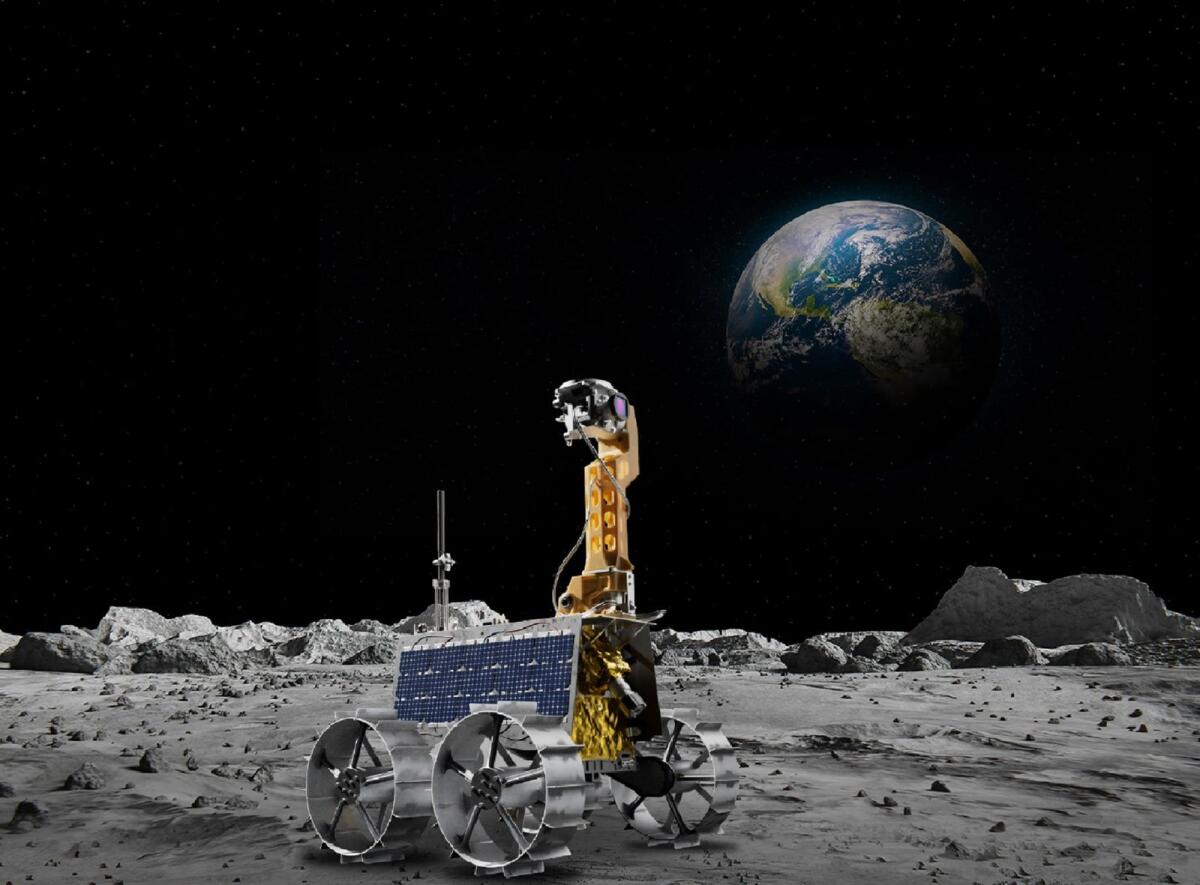The UAE is about to attempt its first moon landing, but despite years of preparation, it’s anything but a sure thing. In fact, it’s something that most countries to have attempted it have failed to accomplish.
A Japanese spacecraft Hakuto-R Mission 1, carrying the Emirati-designed Rashid Rover, was scheduled to land on the Moon. The first attempt happened on Tuesday, 25 April, at 8.40 pm UAE time, with April 26, May 1, and May 3 as backup dates. The whole world was holding its breath.

The Soviet Union was the first to succeed after four failures with Semyorka missile. Later on, the US also managed to land their Ranger 7 following 13 consecutive unsuccessful missions. China’s Yutu 3 has become the third rover to touch down the Moon softly. Nevertheless, India’s and Israeli missions turned out to be ultimately unsuccessful.
If successful, the UAE will become the first Arab nation and one of the first countries on the globe to operate a spacecraft on the surface of another celestial body. This is a huge deal.
The rover would have explore the Moon’s surface, including characteristics of the lunar soil, the petrography and geology, dust movement, surface plasma conditions, as well as photoelectron sheath, for about 10-14 days. After, it was expected to survive through the 14-day-long lunar night with the temperature dropping to -183°C. Still. there was a really slim chance for Rashid Rover to restart. However, if it did, the robot would operate through another lunar day and reach the decommissioning phase.
But the mission, unfortunately, wasn’t successful. Mohammed Bin Rashid Space Centre announced that communication between the lander at the Mission Control Center was lost, and it has been determined that successful landing was not achieved.
The chances of Rashid Rover softly touching down the Moon were actually low. Why? Because lunar landings tend to flop. See, the Moon has no atmosphere, so landing there would be completely different from the one on Earth. Scientists need to reduce the velocity of a robot during landing so it will not crash on the surface. A series of maneuver-based movements is required to land softly which is complicated to perform.
But there’s some good news for the UAE, too. It was the first Arab lunar mission to enter the Moon’s orbit. And that is something to be proud of.
